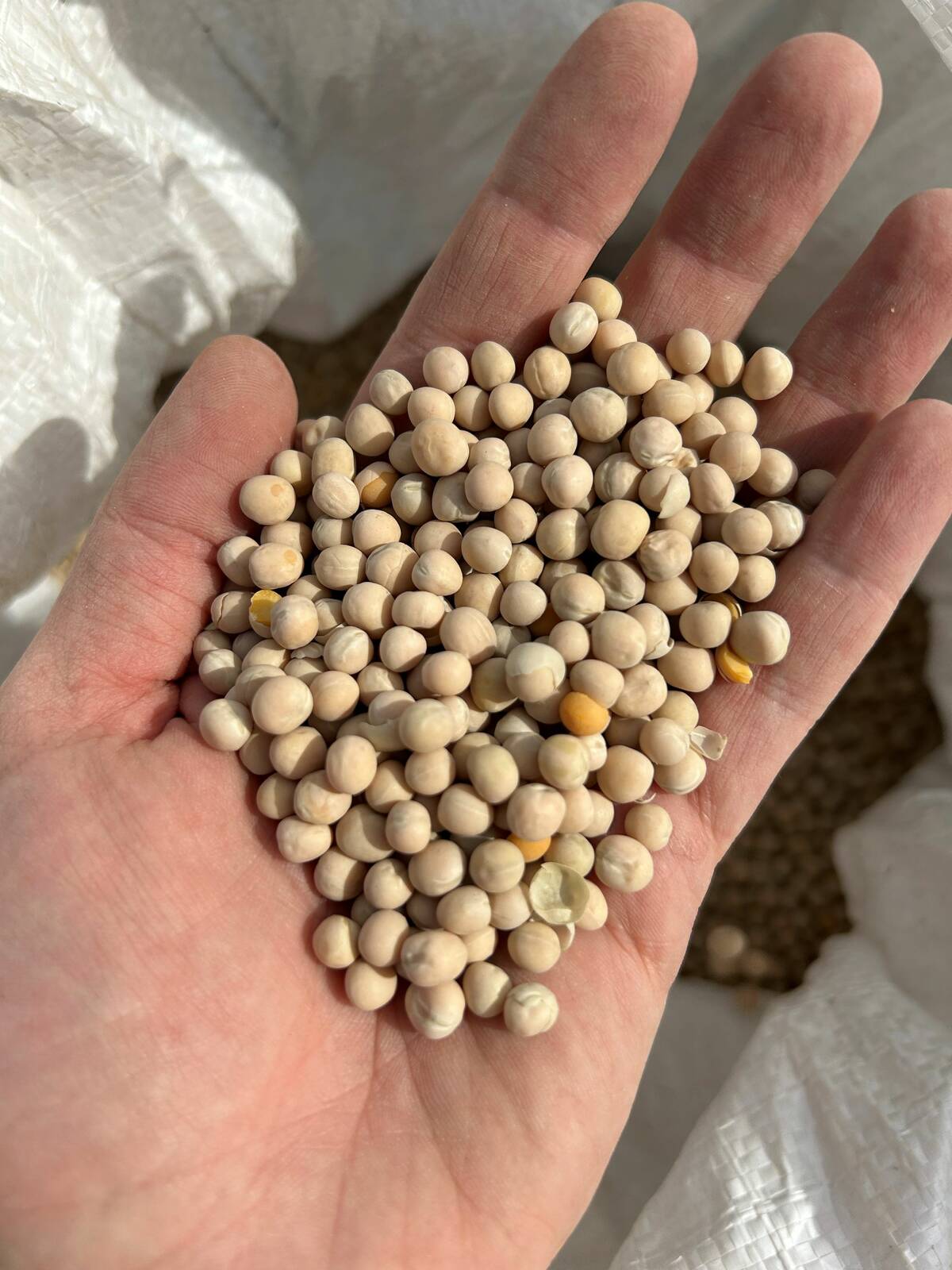(Resource News International) — The chickpea market in Western Canada has shown little movement over the winter months, but the crop still looks like a favourable option and could see a sizeable increase in acres this spring.
“As we approach the late part of winter, the market (on large-calibre chickpeas) cools off a little bit as Mexican and Indian origan supplies become available,” said Colin Young of R. Young Seeds, based at Mortlach, Sask., about 40 km west of Moose Jaw.
Competing products weren’t necessarily priced lower than Canadian supplies, but were larger in size, he said.
Read Also

Pulse Weekly: Tariffs guide yellow peas in 2025
Tariffs were a major influence on Canadian yellow pea prices in 2025, with levies imposed by China and India. The two countries are Canada’s biggest foreign pulse buyers.
Overall, Young said, the chickpea market has been quiet for a number of years, and will likely remain that way barring an unexpected move in the global market.
Canadian growers generally look for a premium on the world market, said Young. While end-users usually don’t want to pay that premium, there are advantages to the Canadian product that keep the demand Canadian chickpeas relatively stable.
However, the merchant added, it can still be a struggle do compete with other cheaper origins.
Looking ahead to 2010, Young said chickpea acres could be more than three times as large as what was planted in 2009. Canadian farmers planted just over 100,000 acres of chickpeas in 2009, and the merchant said that area could easily climb to 300,000 to 500,000 acres.
Young said many growers in southern Saskatchewan, where the bulk of Canada’s chickpeas are grown, are looking at planting more lentils this year, but they will also plant more chickpeas in order to diversify their risk.
A rally in peas would cut into chickpea acres, he said, “but if you’re not going to grow lentils and you want to grow a pulse, the only other choice is chickpeas.”
Current spot bids vary depending on the size of seed, with prices topping out at around 32.5 cents per pound for 10-mm kabulis, 29.5 cents per pound on nine-mm, 25.5 cents on eights and 22.5 cents on sevens, according to Prairie Ag Hotwire data. Those prices are relatively unchanged over the past month.















